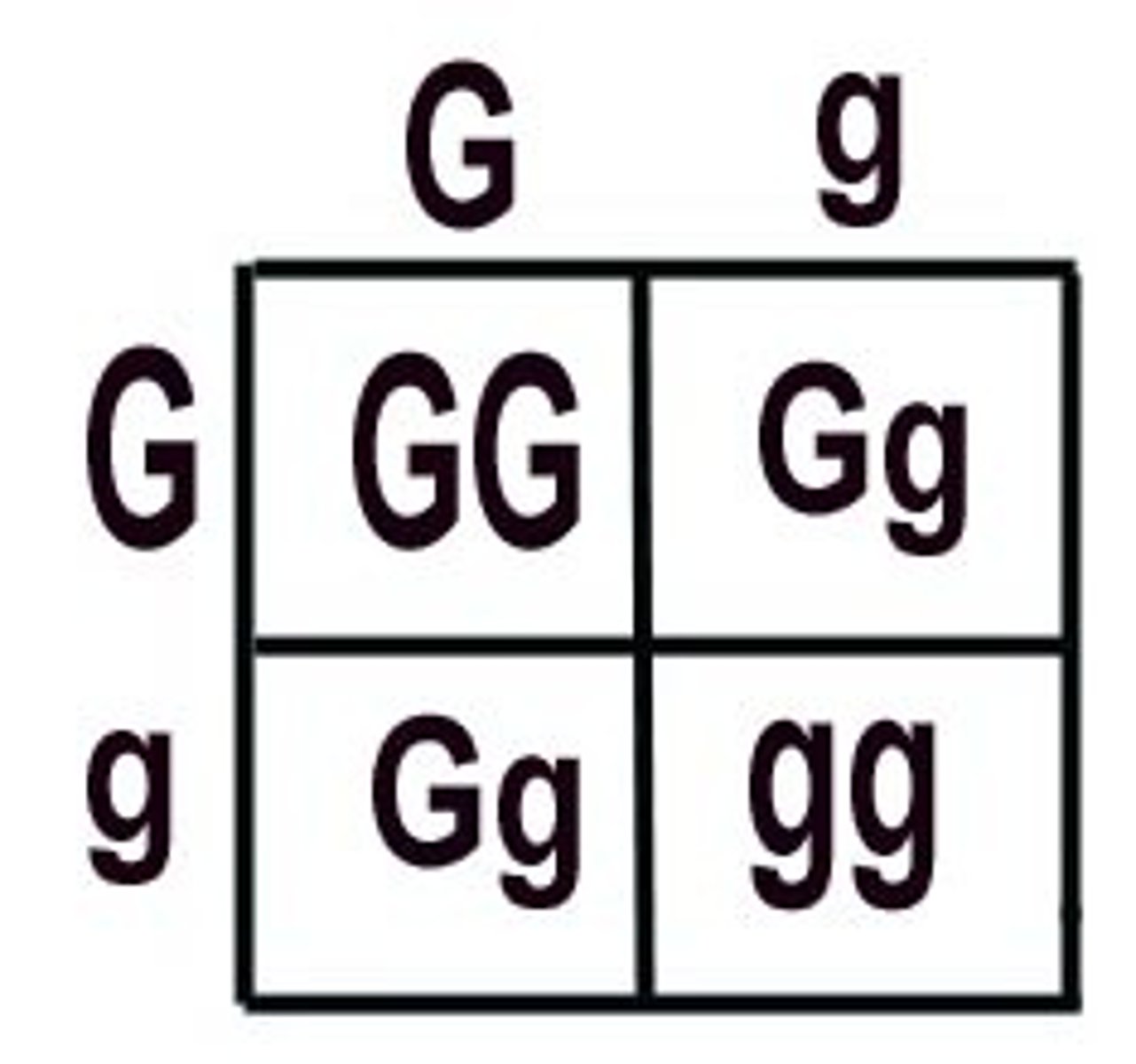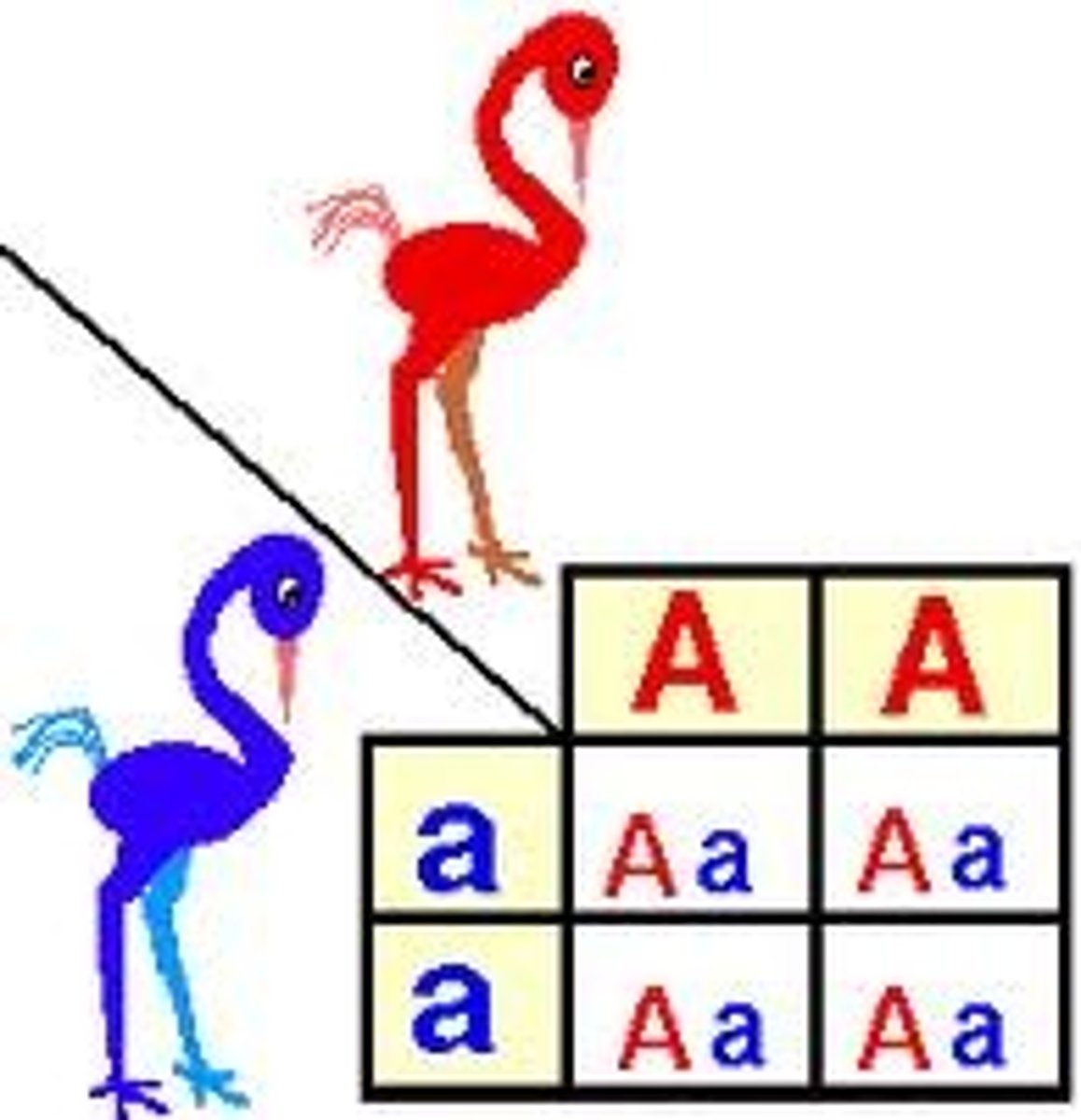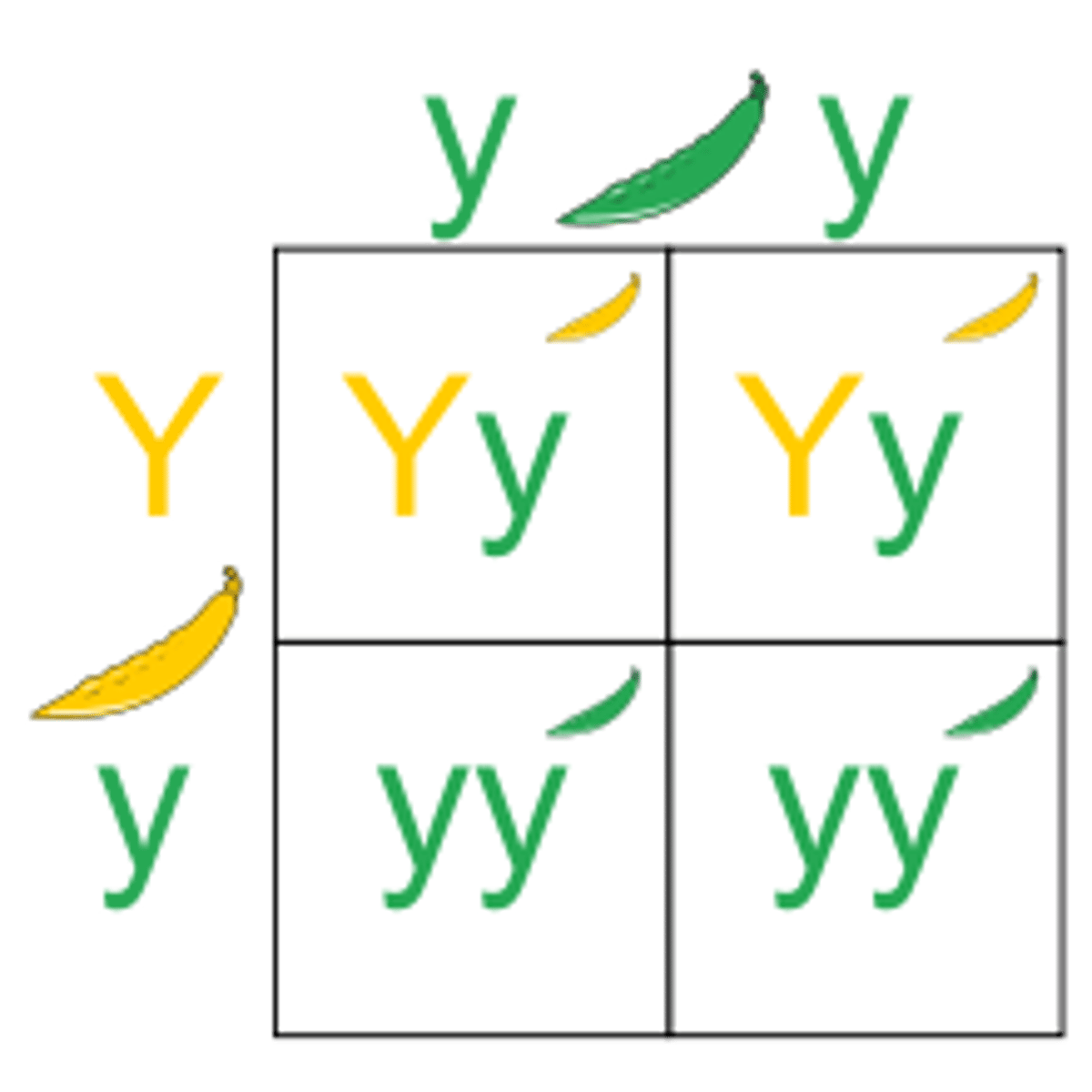Biology B4-B7
1/128
There's no tags or description
Looks like no tags are added yet.
Name | Mastery | Learn | Test | Matching | Spaced |
|---|
No study sessions yet.
129 Terms
What is a population?
group of the same species living in the same place
Community
All the different populations living in a given area.
Habitat
Where an organism lives.
Ecosystem
abiotic and biotic components interacting.
Biotic
living factors of an ecosystem.
Abiotic
non-living factors of an ecosystem.
Give examples of abiotic factors.
light intensity
temperature
moisture level
soil pH
what do you use to measure light intensity? What is the unit?
light meter, lux
what do you use to measure temperature? What is the unit?
thermometer, degrees celscius.
what do you use to measure moisture? What is the unit?
humidity sensor, %
what do you use to measure pH? What is the unit?
pH probe
Why do we do sampling? How can results be made reliable?
-we want to find presence/distribution of organisms in an area, where it is impossible to count everything.
-Random repeated so that they are representative.
When do you use a quadrat for what plant?
-Abundance:
-for large plants which there are only a few, easy to count.
-Count how many are in the entire quadrat.
Percentage cover:
-for small plants of which there are lots, and therefore too difficult to reliably count.
-Count how many squares in quadrat are at least half-filled by plants.
What is the equation for population size?
marked number in 1st sample x total number in 2nd sample/number in 2nd sample previously marked.
State 3 assumptions needed to be made when using the capture recapture method.
-none of the marked animals died.
-no migration of animals into/outof area.
-no animal births.
What is the difference between a pyramid of numbers and a pyramid of biomass?
-pyramid of numbers:
-bar represents number of organism at each trophic level.
-bar's width should be to scale.
pyramid of biomass
-bar width represents total biomass of organisms at each trophic level: always decreases as you go up.
How do you draw a pyramid of numbers/biomass?
All bars should be equal height.
Write names and mass/number of organisms in box, outside if it doesnt fit.
-draw a line for a single organism.
Why is drawing a pyramid of biomass not always straightforward?
-you need to measure dry biomass of organisms: removing all water from organism kills it.
-some organisms may be at more than one trophic level.
Why doesn't 100% of energy from light hitting leaves go towards increasing a plant's biomass?
energy transferred to producers by sunlight: but producers only transfer 1% into chemical stores, as most of sunlight is reflected off of leaves.
-remaining proportion transferered to chemical stores dependent on factors such as temperature, and water availability.
-up to half of energy transferred by photosynthesis is transferred in respiration: remaining energy used to increase plant's biomass.
How does a trophic level lose biomass?
-energy wasted from cellular respiration is transferred, heats up surroundings.
-biomass lost in urine and faeces.
-biomass lost to provide energy for movement, growth, etc.
Why is energy lost at each trophic level
-not all of organism on the trophic level before is consumed:eg plant roots/animal bones may not be consumed.
-some of biomass is used in respiration-produces ATP, ATP used by muscles to produce movement.
-some parts of organism may not be digestable, like hair and teeth. Removed from body through faeces through egestion.
-waste products produced in body lost through urine- eg urea lost in urine.
-not all organisms at previous trophic level- not all available biomass transferred.
What is the equation for effiency of biomass transfer?
(biomass available after transfer /biomass available before transfer) x 100%
Why do food chains rarely have moe than 5 trophic levels?
insufficient energy remains to support more trophic levels.
abundance
number of organisms.
distribution
where they are.
What do plants compete for?
light, water, space, minerals from soil
What do animals compete for?
food shelter mates territory
Interspecific competition/intraspecific competition
Interspecific: competiton between members of different species
Intraspecific: competition between members of the same species.
Ecological niche
-an organisms place in an ecosystem: where it lives, what it eats, and what it does.
What determines how much competition there is between 2 species?
-the more similar 2 species' niches, the more competition between them.
Why are peaks in the predator's population later than the prey's?
-predator only reproduce is later as they only reproduce when enough food is available.
describe the relationship between predators and prey.
-as no of prey decrease, no of predators decrease: less food available, more competition.
-as no of predators increase, no of prey decrease, since they are hunted more.
-as no of prey increase, no of predators increase since there is more food available(less competition)
-as no of predators decrease, no of prey increase, since they are eaten less.
parasite
organism living in close associaation with its host-feeds on host and does it harm.
how does a parasite differ from a predator?
-parasites tend to be specialisd to the point of only being ale to live on a particular host species. eg cat flea, which can only be hosted on cats.
-a parasite relies on host being alive to reproduce, and lives on the organism.
-a predator kills it prey to consume.
why is the host-parasite relationship specific?
parasite may be specialised to only be able to live and reproduce on one host species.
mutualism
-2 species living closely together in a mutually beneficial relationship. eg Ox-peckers and buffalo
describe the interdependence of competition.
stronger competitor increases, weaker competitor decreases.
stronger competitior decreases, weaker competitor increases
describe the interdependence of parasitism.
host increases, parasite increases
host decreases, parasite decreases
describe the interdependence of mutualism.
Species A increases, species B increases.
Species A decreases species B decreases.
Describe the water cycle.
-Transpiration from plant life and evaporation from bodies of water adds water vapour to the atmosphere: the Sun is essential for these processes, as it produces energy that allows the water to evaporate.
-Clouds form through water vapour rising and cooling-it then condenses to form clouds.
What uses does water have in organisms?
-thermoregulation
-medium for chemical reactions(eg cytoplasm)
-transport of nutrients|(blood/xylem)
-habitat
-excretion of waste products
Why do frogs need water?
-to lay eggs in and keep skin moisturised
why do polar bears need water?
-to live on (ice)
-to hunt
Why do fish need water?
-to breathe: they can only survive when fully submerged.
-Describe the carbon cycle.
-Photosynthesis, plants take in carbon dioxide in air to produce glucose and other carbon compounds such as cellulose and amino acids. These plants then respire, releasing CO2 as a waste product back into the air.
-Animals feed on the plants: these animals incorporate carbon compounds into their bodies. Animals release Co2 through respiration back into the air.
-Animals die and release waste, both of which are decomposed by microorganisms. These microorganisms also respire, releasing Co2.
-If corpses and waste aren't decomposed, fossil fuels are formed over millions of years: combusting these for energy releases Co2.
What is carbon converted into by plants?
glucose, then cellulose and amino acids.
What is nitrogen needed to produce?
-proteins.
How does nitrogen get into the soil?
-Lightning's high energy causes nitrogen in air to react with oxygen: forms nitrates, which descend to soil in rain.
-leguminous plants(eg clover) have nitrogen-fixing bacteria which react with N2 in soil airspaces with 02 to form nitrates.
Describe the nitrogen cycle.
Nitrogen gas is fixed by nitrogen-fixing bacteria in root nodules.
-Animals eat plants, incorporate protein into bodies.
-Animals die and release waste: decomposers release ammonium ions.
-nitrifying bacteria convert ammonium ions into nitrate ions. Denitrifying bacteria convert nitrate back into nitrogen, which is released to the air.
-Nitrate ions are uptaken by plant roots, which are also eaten by animals.
What percent of the air is nitrogen?
78%
What role do decomposers have in the nitrogen cycle?
digest protein waste and dead matter, releases ammonium ions as waste product.
What role do nitrifying bacteria have in the nitrogen cycle?
convert ammonium ions in soil to nitrate ions.
What role does denitrifying bacteria have in the nitrogen cycle?
converts nitrate ions back into nitrogen gas.
What role do nitrogen-fixing bacteria play the nitrogen cycle?
-converts nitrogen gas in atmosphere into nitrates.
What is a detritivore? How do they accelerate decomposition?
-includes earthworms, maggot and millipedes.
-They eat small parts of dead material(detritus), digest them, and release waste.
-Increases surface area of dead matter for decomposers to act on.
What is a saprophyte? How do they feed?
-Most decomposers.
-Chemically break down dead material, releases ammonium ions into soil.
-Does this by releasing enzymes onto dead matter in extracellular digestion. Absorbs the digested chemicals in a process called saprotrophic feeding.
What do detritivores and saprophytes have in common?
-both break down detritus and animal waste.
Why is warmth needed for decay?
-warmer it is, rate of decay increases:
-microbes can respire faster(substrates and enzymses have more ke, move faster, more successful collisions betwen enzyme's active sites and substrates) and can grow and reproduce quicker in warmer conditions.
Why is oxygen needed for decay?
As concentration of 02 increases, rate of decay increases.
More oxygen available so microbes respire faster- they also grow and reproduce faster.
Why is moisture needed for decay?
As moisture increases, rate of decay increases.
-Microbes require water as chemical reactions,including respiration, must occur in solution: microbes can grow and respire faster.
Why does storing tuna in brine help preserve it?
-salt water has lower water potential than cells of fish- water moves out of the fish via osmosis, no moisture for decomposers.
Why is dry mass used for biomass?
wet mass varies as amount of water in organism varies.
How much of chemical energy in foods is converted into new body tissue in consumers?
10%
Describe the mutualism of leguminous plants and nitrogen-fixing bacteria?
Leguminous plants(such as beans, peas, clover) have colonies of nitrogen-fixing bacteria: plant gains nitrates from bacteria, bacteria gain sugars from the plant.
What is an allele?
Different versions of a gene.
Genome
Its entire genetic material of an organism.
What is continuous variation? What causes it? What graph would be used to present it?
A characteristic that can be any value within a given range. Caused by multiple genes.
-Line graph or histogram.
What is discontinuous variation? What causes it?What graph would be used to present it?
Variation that can only be a set of discreet values. Caused by one or a few genes.
-Bar chart
3 examples of continuous variation.
Leaf surface area, height, size of hands.
3 examples of discontinuous variation.
Eye colour, hair colour, flower colour, blood group
What is a gamete?
sex cell
Compare asexual and sexual reproduction.
Asexual:
-one parent
-no gametes- as there is no mixing of genetic material.
-offspring are genetically identical- no variation.
Sexual:
-two parents
-gametes, mixing of genetic material
-offspring are genetically different to parents- variation.
Give examples of organisms that reproduce asexually and sexually.
Asexually:
-daffodils, potatoes, onions
-sea anemones, starfish, bacteria
Sexually:
crickets, spiderplants
Advantages/disadvantages of sexual reproduction?
-Variation in species means that is less vulnerable to environmental change overall, as some members are likely to have adaptations to cope with new conditions.
-Requires 2 parents, which is slower and produces less offspring.
Advantages/disadvantages of asexual reproduction?
-if parent organism is well-adapted to environment, genetically identical offspring will share this trait and prosper.
-Only 1 parent needed, so it is faster and produces more offspring.
-Population more vulnerable to environmental change: negative change in environment impacts all organisms.
Haploid vs Diploid. Give examples of each.
Haploid(n): one set of chromosomes. Egg cell/sperm cell
Diploid(2n): 2 sets of chromosomes. Zygote
What is meosis?
Process which diploid cell divides to form genetically unique-due to shuffling of chromosomes- daughter haploid cells (sperm or egg cells)
-Meiosis is used in sexual reproduction.
Summarise meiosis.
Prophase I:
-chromosomes become visible inside nucleus: homologous chromosomes then pair up.
Metaphase I:
-pair of chromosomes line up across middle of cell.
Anaphase I:
-Pair of chromosomes, spindle fibres pull chromosome pairs apart- half of chromosomes go to each end of the cell.
Telophase I:
-The cell divides into two genetically identical cells.
Telophase II:
-Two cells divide again to form four cells, which then develop into sperm. The 4 haploid daughter cells are genetically unique from the parent cells.
When was was the Human Genome Project completed? What advantages does it pose?
-Completed in 2003, a project to study the entire human genome.
-Improves understanding of inherited diseases and how to treat them
-Identification of genes linked to disorders
Allele
Different versions of the same gene
Dominant allele
if allele is present in genotype, organism will always express that trait.
Recessive allele
2 copies of allele must be present in organism for trait to be expressed.
Genotype
Combinations of alleles present in an organism
Phenotype
Physical features observed in an organism.
Homozygous recessive/dominant
Homozygous: organism with 2 copies of the same allele
Homozygous dominant: 2 copies of dominant allele
Homozygous recessive: 2 copies of the recessive allele
Heterozygous
Organisms with different alleles of a gene.
What is a punett square?
a model used to predict possible genotypes and phenotypes of offspring

How would you determine the genotype of an organism?
-if organism expresses recessive trait, then it must be 'aa'
-if organism expresses dominant trait, it could be 'Aa' or 'AA'.
Cross unknown organism with another with aa.
-If outcome is 100% showing the dominant trait, parent must be AA
-If outcome is 50% showing dominant trait, parent must be Aa.
-Test crosses are used to determine an organism's genotype.
What offspring would be produced by homozygous dominant and homozygous recessive?
100% heterozygous.

What offspring would be produced by heterozygous and homozygous recessive?
50% homozygous recessive, 50% heterozygous

Sex Determination
Sex is determined by chromosomes- and they are the 23rd pair of chromosomes.
In humans: XX forms a female, XY forms a male.
-YY is not possible.
What causes genetic variation?
Mutations in DNA being passed to offspring.
How does a mutation occur?
When sequence of bases in DNA are altered.
What causes mutations?
-Can occur spontaneously, like an error during DNA replication.
-Chances of a mutation occurring increased by mutagenic agents(mutagens for short):
-Gamma rays, ultraviolet
-Benzene, ethanol, tobacco.
Non-coding DNA mutation vs coding DNA mutation.
The position of mutation in the DNA sequence determines effect it will have:
-coding DNA mutation, may cause change in protein made.
-non-coding DNA mutation, may cause change in transcription(could prevent a protein being produced.) of a gene, or change how the cell cycle works.
-Could also cause cancer.
How can mutations cause different levels of change to a phenotype?
-Most mutations have no effect on organism's phenotype, as there is no change to the protein made.
-Some characteristics controlled by more than one gene: a mutation in of these genes may change the phenotype slightly, but it only alters the organism's phenotype. No significant difference.
-very few can determine an organism's phenotype.
If mutation within a gene, wrong amino acids could be assembled, wrong protein made/ protein could be folded incorrectly and form the wrong shape.
Give examples of mutations determining an organism's phenotype.
Sickle cell anemia:
A different shaped haemoglobin protein.
Cystic fibrosis:
Abnormal protein made
PKU:
Different shaped enzyme.
When will mutation affect an organism's phenotype?
It will only affect the phenotype if the mutation is present in all cells- therefore, it must be present in the gamete the organism was formed from. Only when a mutation is passed to offspring will it lead to a change in phenotype and variation in a species.
Are all mutations harmful?
Some have neither positive nor negative effect, like rolling tongues. Some are beneficial, like antibiotic resistance in bacteria.
Describe the history of genetics from 1886 to 1950.
1886- certain characteristics are inherited.
-Gregor Mendel noticed that characteristics in plants were determined by hereditary units- genes. Hereditary units were passed from both parents, one from each. Each unit is either dominant or recessive.
1869: Nuclein discovered.
Friedrich Miecher discovered acidic substance in nucleus of cell: DNA.
1944: Genes can be transferred from 1 generation to the next.
Oswald Avery transferred DNA between bacteria, passing a disease causing ability from one strain to another. Bacteria then passed this characteristic to offspring- proved that genes were made of DNA.
1950: DNA base pairs discovered.
Erwin Chargoff found out that despite different organisms having differeing amounts of DNA that all DNA contained equal amounts of adenine-thymine, cytosine and guanine.